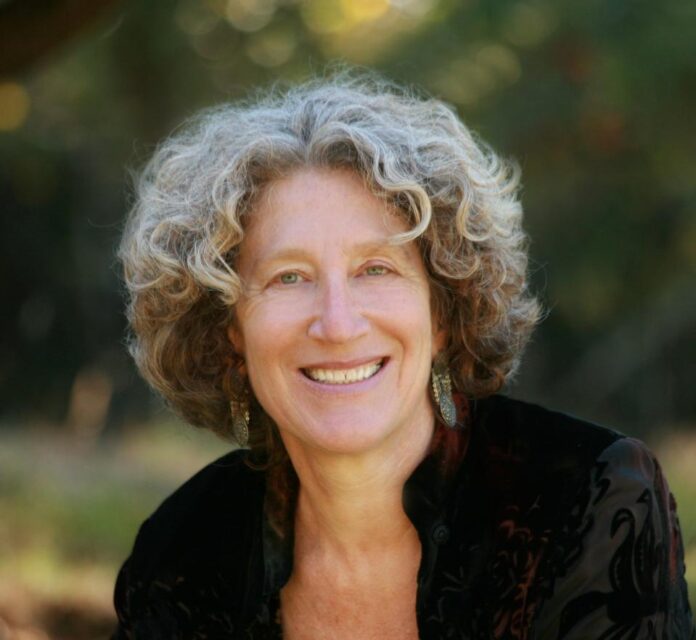Technology leaders, change makers and visionaries from across the global networking & edge communities will gather virtually for this unique, one-of-a-kind executive event focusing on deployment progress, 2021 priorities, challenges and more.
SAN FRANCISCO, February 25, 2020 — The Linux Foundation, the nonprofit organization enabling mass innovation through open source, along with co-hosts LF Networking, the umbrella organization fostering collaboration and innovation across the entire open networking stack, and LF Edge, the umbrella organization building an open source framework for the edge, announced today the speaker line-up for Open Networking & Edge Executive Forum. The schedule can be viewed here and the speaker details can be viewed here.
Open Networking & Edge Executive Forum (ONEEF) is a special edition of Open Networking & Edge Summit, the industry’s premier open networking & edge event, gathering senior technologists and executive leaders from enterprises, telecoms and cloud providers for timely discussions on the state of the industry, imminent priorities and insights into Service Provider, Cloud, Enterprise Networking, and Edge/IOT requirements.
ONEEF will take place virtually, March 10-12. Times vary each day to best accommodate the global audience. Attendees will be able to interact with speakers and attendees directly via chat, schedule 1:1 meetings and more as they participate in this community call to action.
“ONEEF is a great opportunity for the community to come together virtually after a very hard year,” said Arpit Joshipura, General Manager, Networking, Edge, and IoT, The Linux Foundation. “We have an impressive line-up of speakers from across a diverse set of global organizations, ready to share their knowledge and passion about what’s next for our burgeoning industry. Hope you can join us!”
Confirmed Keynote Speakers Include:
- Madeleine Noland, President, Advanced Television Systems Committee
- Andre Fuetsch, Executive Vice President & Chief Technology Officer, AT&T Services, Inc.
- Steve Mullaney, Chief Executive Officer & President, Aviatrix
- Jacob Smith, Vice President, Bare Metal Marketing & Strategy, Equinix
- Dr. Junlan Feng, Chief Scientist & General Manager, China Mobile Research
- Sun Qiong, SDN Research Center Director, China Telecom Research Institute
- Dr. Jonathan Smith, Program Manager, Information Innovation Office (I2O), DARPA
- Tom Arthur, Chief Executive Officer, Dianomic
- Chris Bainter, Vice President, Global Business Development, FLIR Systems
- George Nazi, Global Vice President, Telco, Media & Entertainment Industry Solutions Lead, Google Cloud
- Amol Phadke, Managing Director: Global Telecom Industry Solutions, Google Cloud
- Shawn Zandi, Head of Network Engineering, LinkedIn
- Tareq Amin, Group Chief Technology Officer, Rakuten
- Johan Krebbers, IT Chief Technology Officer & Vice President, TaCIT Architecture, Shell
- Pablo Espinosa, Vice President, Network Engineering, Target
- Manish Mangal, Chief Technology Officer, Network Services, Tech Mahindra
- Matt Trifiro, Chief Marketing Officer, Vapor IO
- Subha Tatavarti, Sr. Director Technology Commercialization, Walmart
- Said Ouissal, Founder & CEO, ZEDEDA
Registration for the virtual event is open and is just US$50. Members of The Linux Foundation, LF Networking and LF Edge can attend for free – members can contact us to request a member discount code. The Linux Foundation provides diversity and need-based registration scholarships for this event to anyone that needs it; for information on eligibility and to apply, click here. Visit our website and follow us on Twitter, Facebook, and LinkedIn for all the latest event updates and announcements.
Members of the press who would like to request a media pass should contact Jill Lovato.
ONEEF sponsorship opportunities are available through Tuesday, March 2. All packages include a keynote speaking opportunity, prominent branding, event passes and more. View the sponsorship prospectus here or email us to learn more.
About The Linux Foundation
The Linux Foundation is the organization of choice for the world’s top developers and companies to build ecosystems that accelerate open technology development and industry adoption. Together with the worldwide open source community, it is solving the hardest technology problems by creating the largest shared technology investment in history. Founded in 2000, The Linux Foundation today provides tools, training and events to scale any open source project, which together deliver an economic impact not achievable by any one company. More information can be found at www.linuxfoundation.org.
The Linux Foundation Events are where the world’s leading technologists meet, collaborate, learn and network in order to advance innovations that support the world’s largest shared technologies.
The Linux Foundation has registered trademarks and uses trademarks. For a list of trademarks of The Linux Foundation, please see our trademark usage page: https://www.linuxfoundation.org/trademark-usage.
Linux is a registered trademark of Linus Torvalds.
####
Media Contact:
Kristin O’Connell
The Linux Foundation
koconnell@linuxfoundation.org
The post Linux Foundation, LF Networking, and LF Edge Announce Speaker Line-up for Open Networking & Edge Executive Forum, March 10-12 appeared first on Linux Foundation.


